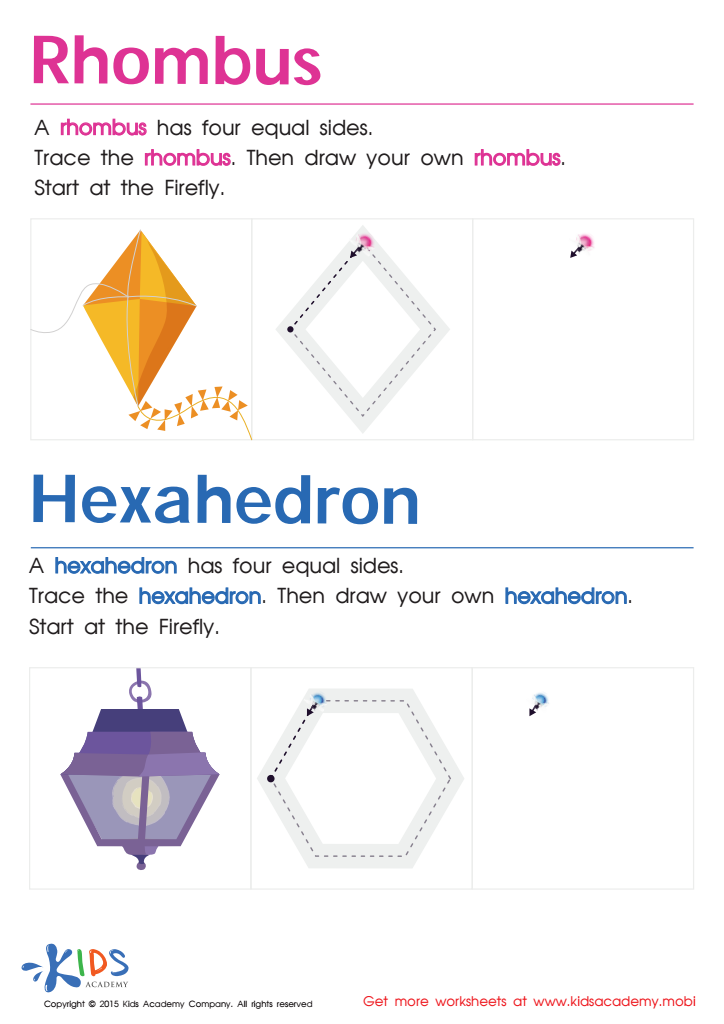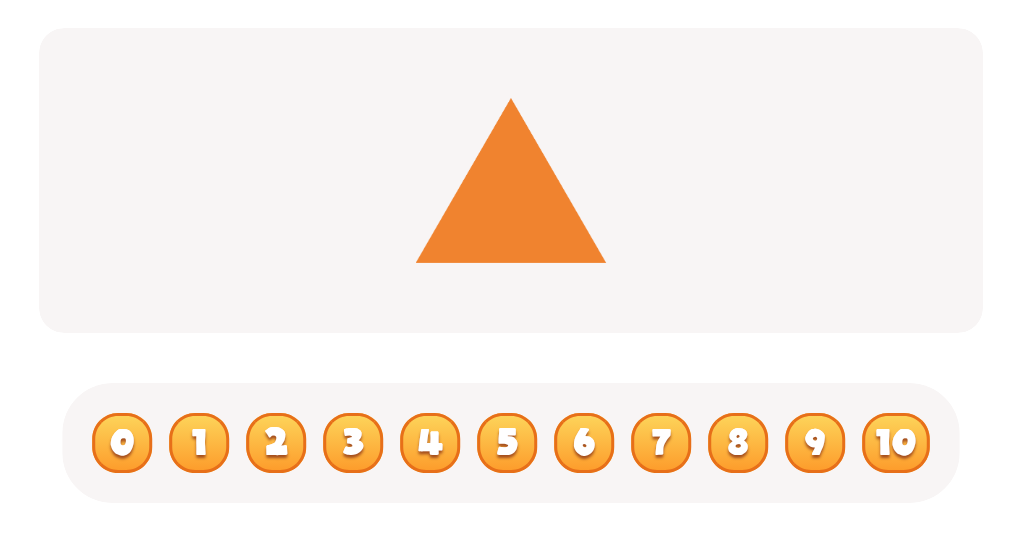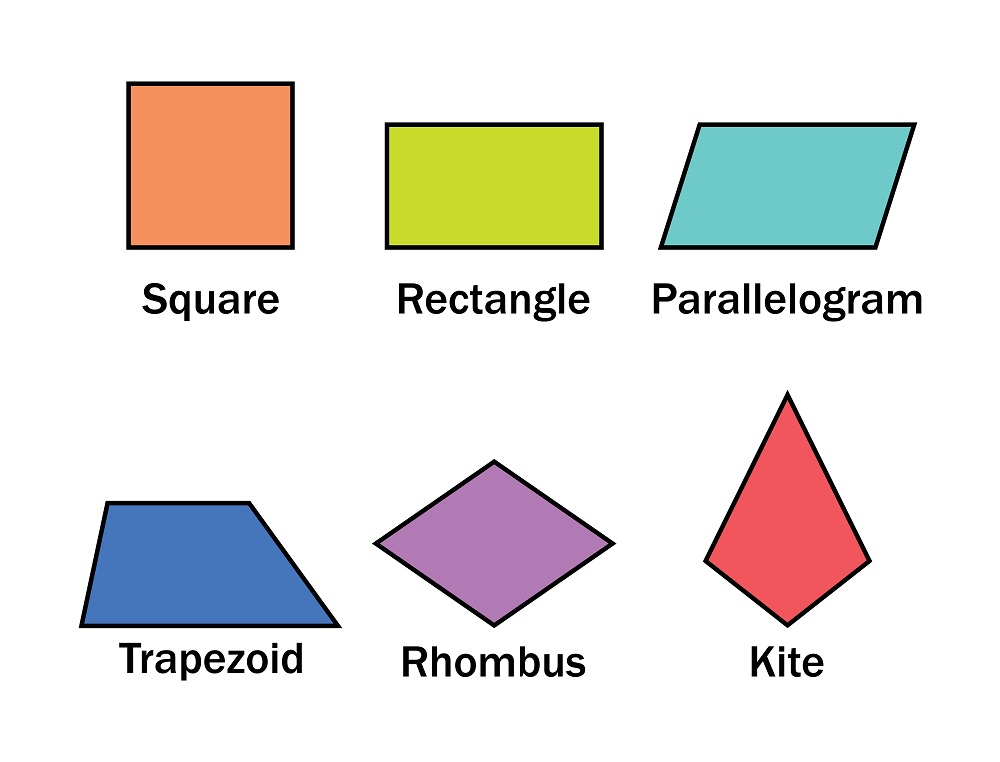Spatial reasoning Normal Geometry Worksheets for 6-Year-Olds
3 filtered results
-
From - To
Discover engaging "Spatial Reasoning Normal Geometry Worksheets for 6-Year-Olds" designed to enhance young learners' spatial awareness and geometry skills. These expertly crafted worksheets offer a variety of fun, interactive activities that make understanding shapes, patterns, and positional relationships both enjoyable and educational. Our resources are perfect for at-home practice or classroom use, ensuring children develop fundamental math abilities that form the foundation for more advanced concepts. Encourage your 6-year-old to explore the world of geometry with our stimulating and accessible worksheets, and watch their confidence in problem-solving and critical thinking soar.


Draw a Rhombus And a Hexahedron Printable


Shapes Maze Geometry Worksheet


Bugs on Top or Bottom? Worksheet
Spatial reasoning refers to the ability to visualize and manipulate objects and shapes in one's mind, and it plays a crucial role in a child's cognitive development, especially during the early years. For 6-year-olds, spatial reasoning skills are fundamental in understanding and navigating the world around them. Normal Geometry, a key component of spatial reasoning, involves recognizing shapes, understanding their properties, and being able to mentally rotate or combine them to form other shapes.
Firstly, spatial reasoning is directly linked to success in subjects like mathematics and science. Young children with strong spatial reasoning skills tend to perform better in tasks that require them to visualize mathematical problems, anticipate the results of physical changes, and comprehend complex ideas more easily.
Moreover, these skills are essential for everyday problem-solving and critical thinking. For example, a child will use spatial reasoning to assemble a puzzle, pack a backpack efficiently, or find their way in unfamiliar environments. Developing these abilities early can improve a child's confidence and independence in many practical activities.
Parents and teachers can support spatial reasoning development through play and exploration. Activities like building with blocks, playing with puzzles, drawing, and using digital educational games specifically designed for spatial skills foster growth in an enjoyable and effective manner, laying a solid foundation for future learning endeavors.
 Assign to My Students
Assign to My Students





























